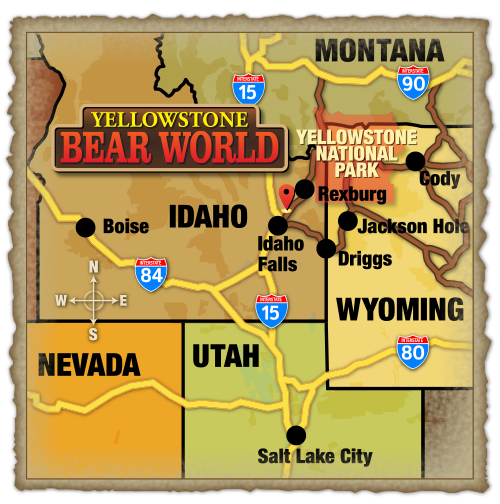Elk (Cervus elaphus)
- Bull = Male adult; Cow = Female adult; Calf = baby; Spike = Yearling male

Bull Elk (male adult) standing with a group of deer. As you can see, elk are much bigger!
- Calves are Typically born in late May through early June and are born spotted and scentless
- An elks diet consists mostly of grasses, forbs, shrubs, tree bark, and twigs
- An elk’s stomach has four chambers: the first stores food, and the other three digest it
- Antlers = Only male elk have antlers; Bulls shed and grow a new set of antlers every year; New antlers are covered in fuzzy skin called velvet; Antlers harden by late summer and the velvet peels away; By September, antlers are solid bone; A set of antlers on a mature bull can weigh up to 40 pounds
- Ivories = An elk’s top two canine teeth are called ivories; Scientists believe ivories are remnants of saber-like tusks that ancestral species of elk used in combat; Most hunters save ivories as a memento of the hunt.
- In the winter, Elk grow winter coats consisting of long, waterproof guard hairs covering dense, woolly underfur and bed down in the trees at night to seek shelter from wind and cold temperatures.
- When alarmed, elk raise their heads high, open their eyes wide, move stiffly and rotate their ears to listen and threaten each other by curling back their upper lip, grinding their teeth and hissing softly.
- Agitated elk hold their heads high, lay their ears back and flare their nostrils, and sometimes even punch with their front hooves
- Breeding season is called “Rut” and happens in fall. Bulls will wallow in mud to coat themselves with “perfume” to attract cows and will sometimes battle for a cow, occasionally even fighting to the death












